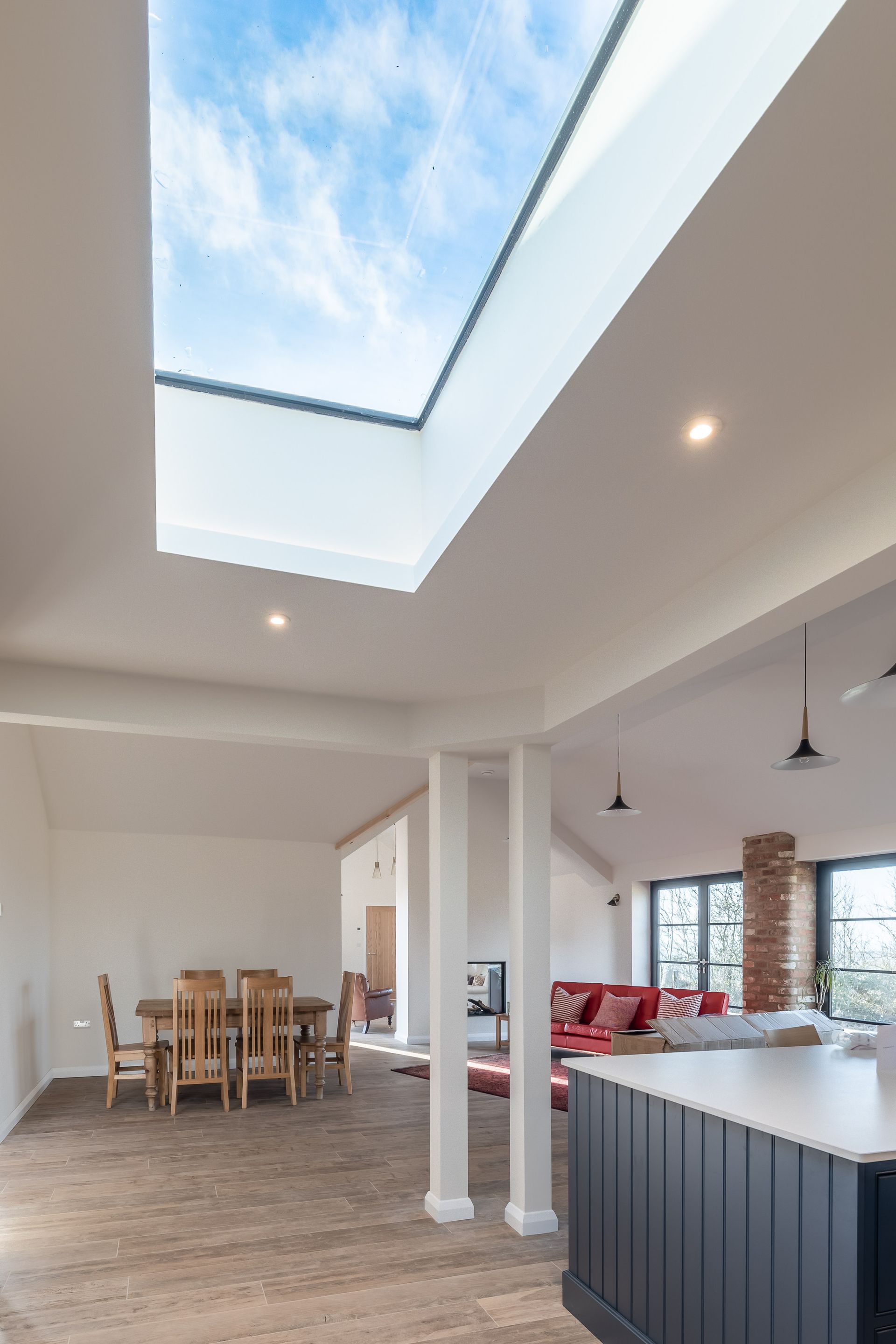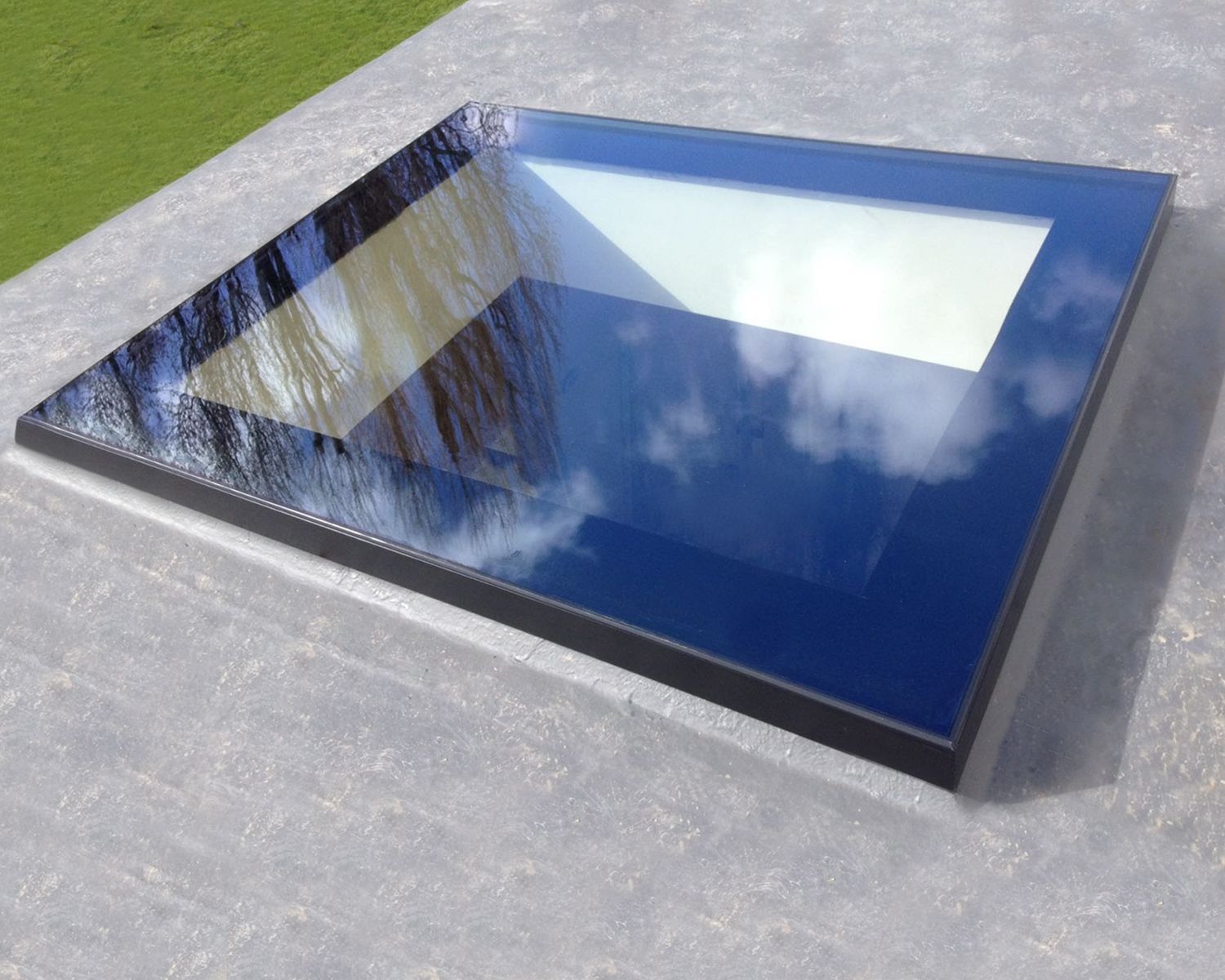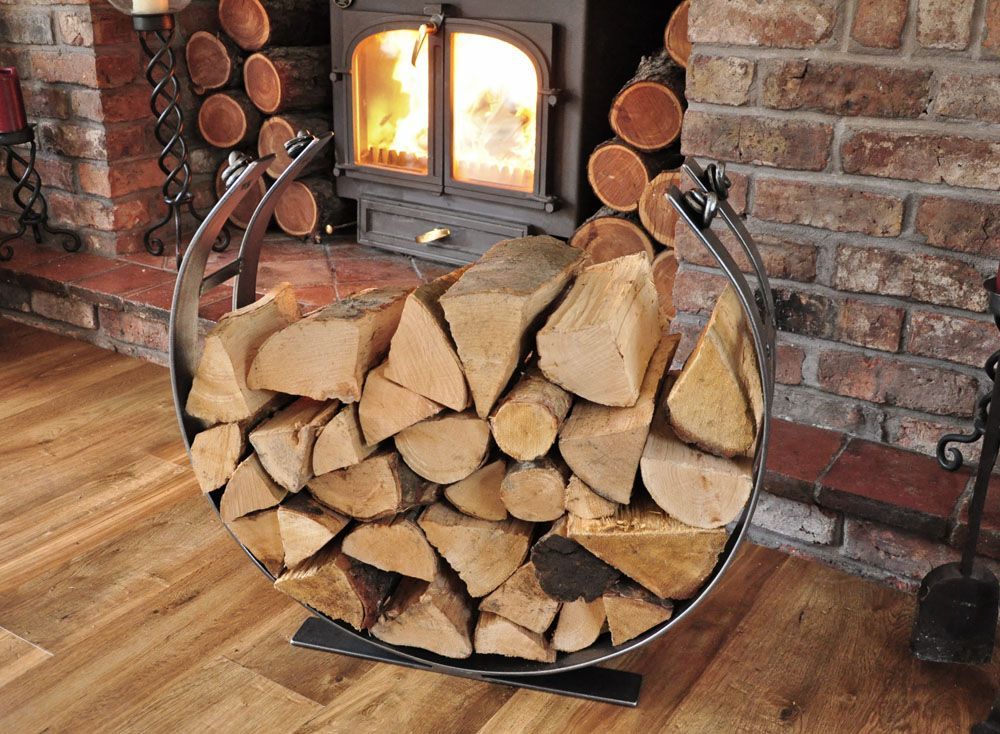Maintaining your rainwater goods
It is important to remember the maintenance of your property and in particular your gutters and pipes. Metal & Glass encourage all Listed Property owners to ensure their properties are ready for the winter and that rainwater systems are replaced or repaired.
It is easy to take refuge from the wind and rain inside your property once the autumn leaves have been swept from the path and the garden furniture has been put away, but neglecting your property’s rainwater disposal can cause serious structural deterioration. November hosts the annual SPAB National Maintenance Week when spending a little time inspecting your rainwater system and drains could save you from having to spend hundreds of pounds at a later date. Clearing the leaves, plants and silt from hopper heads, flat roofs and drainage channels is a much cheaper option than dealing with a serious outbreak of dry rot in timber roof trusses or with a flooded basement or ground floor because of a blocked drain.
Once the debris has been removed, the next step is the removal of all the vegetation from behind downpipes by cutting it back or removing the plant altogether. If the weather is dry, look out for stained brick work which will indicate that there may be a blockage or leak. It is also advisable with old cast iron and aluminium rainwater goods to use a hand mirror to look behind rainwater pipes for splits and cracks. A heavy downpour is no excuse to finish your inspection as this is the perfect time to check whether water is coming out of leaky joints or if the gutter junctions are watertight. If your gutters are sloping the wrong way water will be discharged onto the wall, therefore they may need to be re-fixed or the brackets replaced. It is imperative to keep the building free from damp as if water continually runs down an outside wall it will eventually cause structural damage.
Preserving and maintaining a rainwater system also contributes immensely to the external appearance of a property. It is not always necessary to replace the whole rainwater system as a failed section can be replaced. Metal & Glass suggests that where sections are beyond repair, replacements are made of the same material as the original which is normally cast iron or sometimes lead with older buildings. However, this may be problematic as Paul Trace, Director of Metal & Glass explains:
“Cast iron has been used since the 19th century for gutters, downpipes and rainwater features. Traditionally one would be able to source a replacement piece for a rainwater system from a local foundry to match a particular pattern given to a city or county but unfortunately the majority of local foundries no longer exist, making it more difficult to obtain a particular profile. However, there are a number of traditional cast iron gutter and downpipe profiles which are sympathetic to the architectural needs of an historic building.”
It should always be the aim of period property owners to restore the original rainwater system as part of the building’s architectural heritage. A weather damaged section can be taken to a foundry and shot blasted back to the bare metal and repainted. This also applies to rainwater features such as hopper heads or rainwater heads as they are commonly known.
During the Victorian and Edwardian times cast iron hopper heads were used as an ornate feature to add character and intricate architectural detail to buildings as well as providing an effective way of collecting rainwater. A hopper head can often indicate a building’s age as it may display a date, coat of arms, an emblem or initials and therefore is a very important contribution to the building’s architectural heritage. If a hopper head has suffered weather damage it can also be shot blasted and repainted by a professional foundry. It is advisable to take note of the colour of the old paint before the hopper head is shot blasted so it can be restored back to its original colour.
Where there is only one surviving hopper head, cast iron foundries can replicate the original to produce a matching pair. This skilled process is achieved by hand carving the decorative pattern onto wood supported by a rigid framework and then pouring resin into the carving. Once the resin is hard it is taken off to produce an exact cast into which the molten iron is then poured to produce an exact replica hopper head.
Where sections need to be replaced, the installation of rainwater goods should always be carried out by a competent person and the location of the installation should be thoroughly surveyed beforehand to accurately quantify the goods required and to determine the access equipment needed, noting any potential hazards that may arise during the installation. The existing installation can then be removed and the timber and masonry substrates inspected, repaired and redecorated as necessary to provide sound fixing locations for the new rainwater goods.
Cast iron rainwater goods should be carefully painted to avoid rusting before they are installed with any bare or cut metal primed accordingly. Once the rainwater goods are dry they can be installed.
The positioning of the downpipes is usually determined by the location of the ground level gullies, although manufactured or bespoke swan necks and bends allow more flexibility. The gutters should be laid to the shallow fall to the downpipes which should be vertical. Once the rainwater systems or part of have been installed it should be water tested using a hose or watering can to check there are no leaks and the walls are dry.
It is easy to forget about your rainwater system after replacing or repairing failed sections but it does need to be maintained and inspected as least twice a year. Even though cast iron rainwater goods have a superb life span they still need to be looked after, especially for their historical value. However, it does not matter whether the property is a hundred years old or brand new, the message is the same:
‘Maintaining your rainwater system contributes to the external appearance of the building as well as keeping it free from damp and structural damage’.






